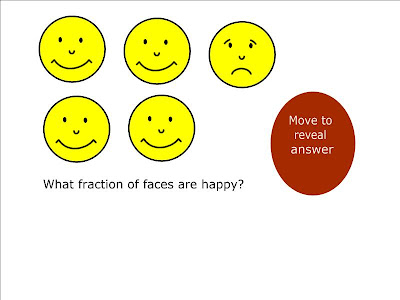Let's say you have a fraction that is 10/25. You will need to find a number that will go into both numbers, 10 and 25. So what will go into both numbers? You guessed it, five. Five can go into ten two times and five can go into twenty-five, five times. So the answer would be 2/5 because 5 can go into 10, two times and five could go into twenty-five, five times.

Another example is:
Pretend you have a fraction that says 8/24 now reduce it. Find a number that will go into both numbers. Which number will go into both numbers? You guessed it again, eight. Eight can go into 8 once and 8 can go into 24 , 3 times. That would be 1/3.























